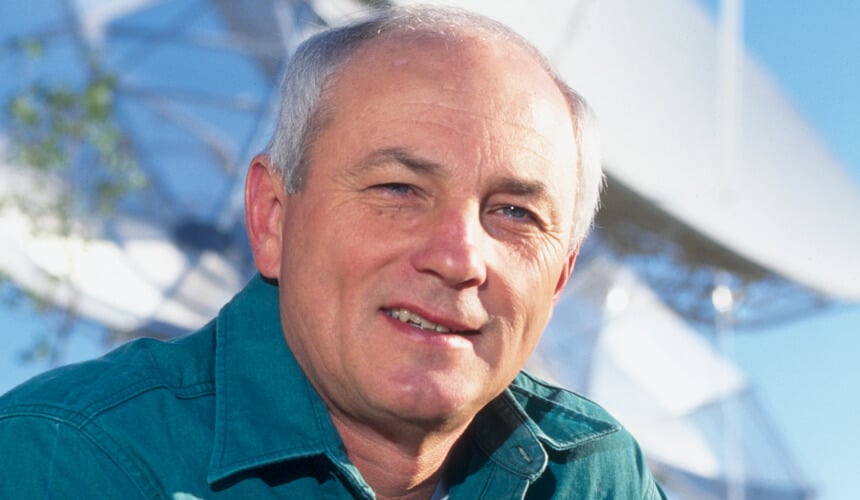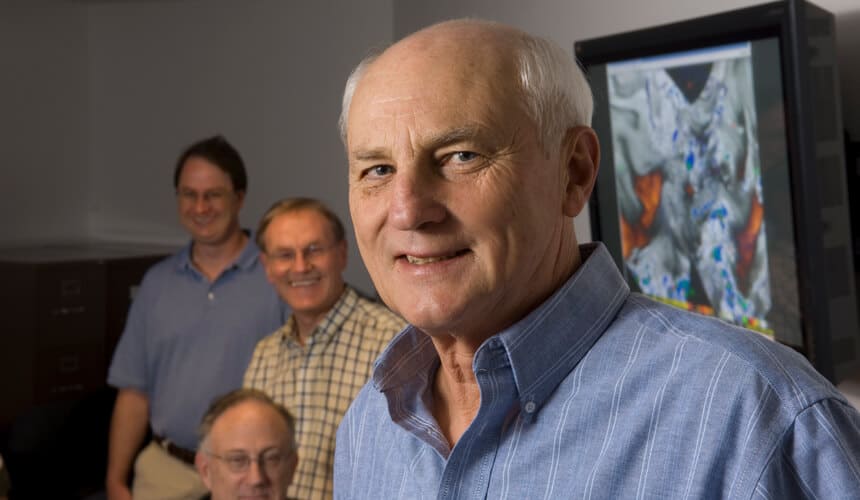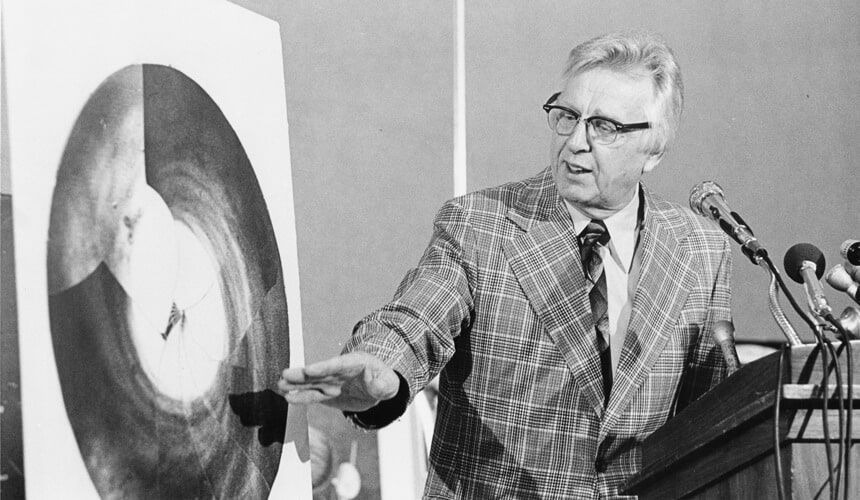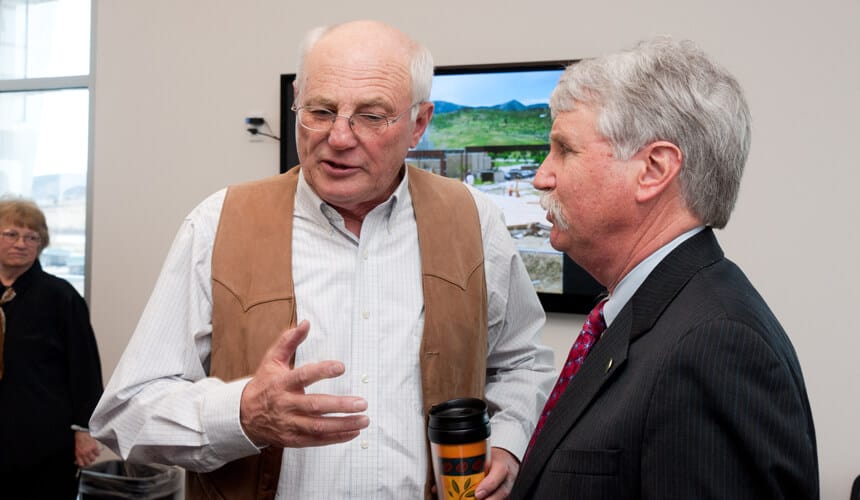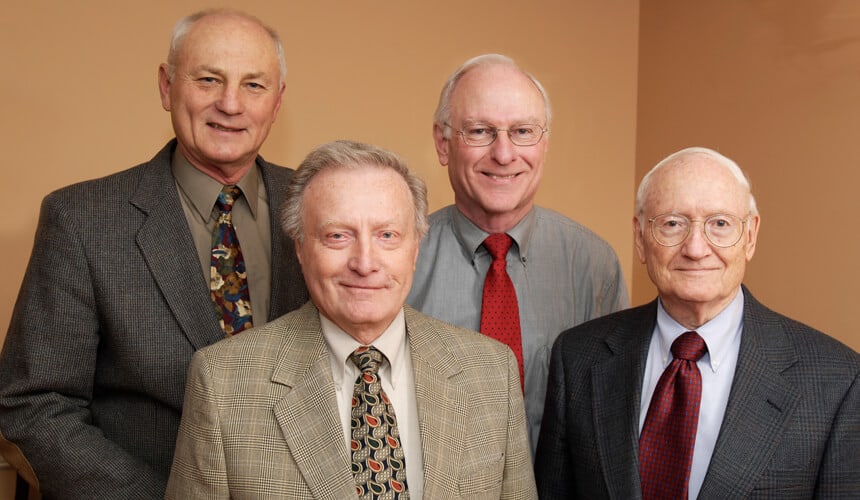Thomas Vonder Haar
Climate Scientist
Thomas Vonder Haar MS1964, PhD1968’s distinguished career as a climate scientist began with his head in the clouds. While pursuing his pilot’s license at age 19, Vonder Haar developed a fascination with the atmosphere that eventually inspired him to pursue graduate study under Verner Suomi, co-founder of the Space Science and Engineering Center and father of satellite meteorology.
Vonder Haar’s career took flight with his dissertation in 1968 and a follow-up paper with Suomi that used satellite data to measure the amount of solar radiation that Earth absorbed and reflected back into space. He found that Earth was significantly warmer and darker than the scientific community realized: in the late 1960s, Earth absorbed about 40 percent more energy from the Sun than it did in 1957 measurements.
It was a landmark moment in climate science, and radiation studies like Vonder Haar’s sounded one of the first scientific alarm bells that “humans had obtained the power to change the fundamental conditions under which life on Earth existed,” said NASA historian Erik Conway.
Vonder Haar spent a couple more years at the UW as a postdoctoral researcher, and he developed close relationships with scientists from NASA and the U.S. Weather Bureau (the precursor to NOAA). In 1970, he moved to Fort Collins, Colorado, to join the atmospheric science faculty at Colorado State University, and in 1974, his colleagues encouraged him to become the head of the department, in large part because of the federal agency connections he forged while at Wisconsin.
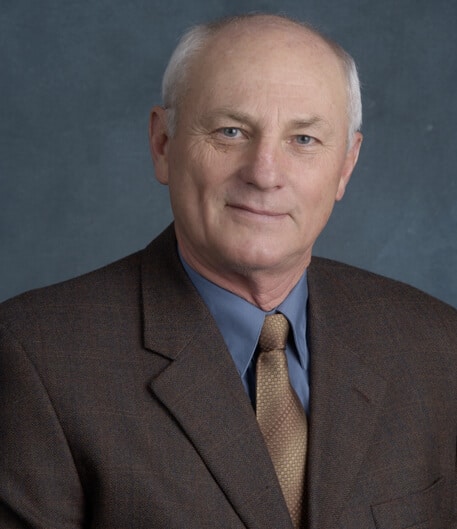
Image courtesy of Communications and Creative Services, Colorado State University.
In 1980, Vonder Haar became the founding director of the Cooperative Institute for Research in the Atmosphere (CIRA), which brought Colorado researchers together with NOAA scientists to tackle some of the most pressing questions in climate research. The center was among the first to focus on “cloud physics” and expanded the use of satellite data in climate-related research.
CIRA also became a leading voice on the economic and societal aspects of weather and climate. Under Vonder Haar, CIRA was involved in a global program that taught schoolchildren how to conduct weather experiments and to contribute to a worldwide climate data set. At its peak, the program involved more than 16,000 schools in 108 countries.
Throughout his time as an administrator, Vonder Haar remained an active scientist and mentor to more than 100 graduate students. His research interest gradually shifted from solar radiation to water vapor measurements, and in 2003, he was elected to the National Academy of Engineering. In 2016, he was nominated to receive Distinguished Professor Emeritus status at Colorado State.
 44° F
44° F